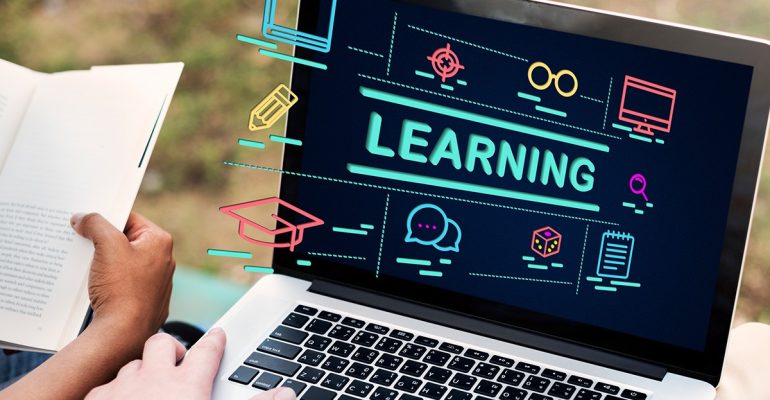The Future of Education: Trends and Innovations in Learning
April 18, 2023 2023-04-18 4:26The Future of Education: Trends and Innovations in Learning
The Future of Education: Trends and Innovations in Learning
The world is changing rapidly, and so is education. The way we learn and teach has evolved significantly over the past few decades, and it is continuing to do so. With the rise of technology, we are seeing a new era of education emerge, one that is more personalized, flexible, and accessible than ever before. In this article, we’ll explore the trends and innovations that are shaping the future of education.
- Personalized Learning
Personalized learning is an approach to education that tailors the learning experience to the individual needs and interests of each student. With the help of technology, educators can create customized learning paths that allow students to learn at their own pace, in their own way. This approach has been shown to improve student engagement, motivation, and achievement.
- Gamification
Gamification is the use of game design principles in non-game contexts, such as education. By incorporating game-like elements into learning, such as points, badges, and leaderboards, educators can make the learning experience more engaging and motivating. Gamification has been shown to improve student retention and achievement, as well as increase their enjoyment of learning.
- Virtual and Augmented Reality
Virtual and augmented reality technologies are transforming the way we learn by providing immersive, interactive experiences that can simulate real-world environments. For example, students can explore historical sites, conduct virtual experiments, or practice skills in a safe and controlled environment. These technologies can enhance student engagement and motivation, as well as provide opportunities for experiential learning.
- Artificial Intelligence
Artificial intelligence (AI) is being used in education to personalize learning, automate administrative tasks, and provide real-time feedback to students. AI can analyze student data and adapt instruction to meet individual needs, as well as provide insights into student performance and areas for improvement. AI has the potential to transform the way we teach and learn, making education more efficient and effective.
- Collaborative Learning
Collaborative learning is an approach that emphasizes teamwork, communication, and problem-solving skills. With the help of technology, students can work together on projects, share ideas, and provide feedback to one another regardless of their physical location. This approach has been shown to improve student engagement, critical thinking, and social skills.
- Microlearning
Microlearning is an approach that delivers small, bite-sized pieces of information to learners. With the help of technology, educators can create and deliver short, interactive lessons that can be accessed anytime and anywhere. This approach has been shown to improve student retention, as well as reduce the time and cost of training.
The future of education is exciting and full of possibilities. With the help of technology and innovative approaches to teaching and learning, we can create a more personalized, engaging, and effective learning experience for students. While there are challenges and risks associated with these new trends and innovations, the potential benefits are immense. Educators and institutions that embrace these changes and adapt to the evolving needs of students will be better positioned to succeed in the future of education.






